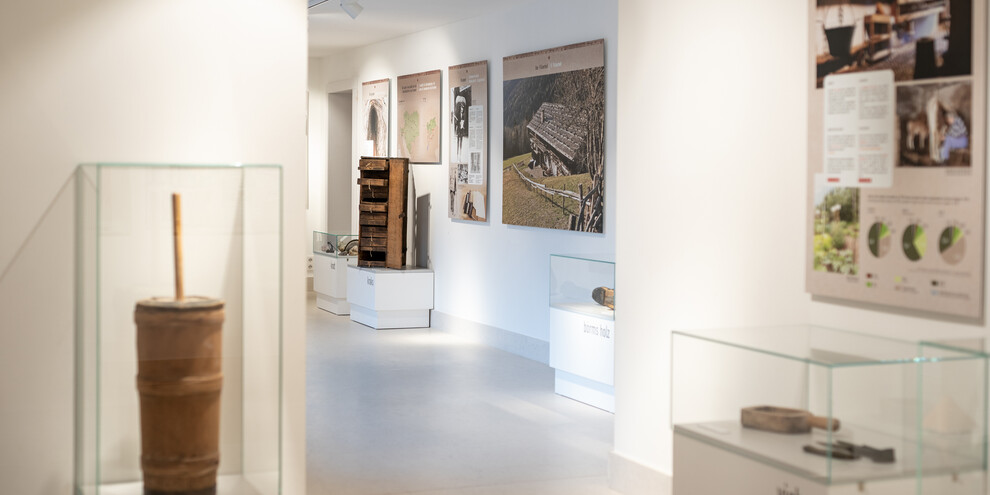How many languages are spoken in Trentino?
Ladin, Mòcheno, Cimbrian: living testaments to ancient mountain culture
But do they speak German in Trentino? Many ask themselves this question when they think of our province. The answer would be “not exactly” as the vast majority of the locals are Italian native speakers. The German language, for both historical and geographical reasons is indeed studied at school as a second language, alongside English, but one thing’s for certain, if you stop at a bar you will be greeted with a very Italian “Buongiorno”.
It is true, however, that in Trentino you can hear different languages being spoken, often unheard of by first-time visitors. These are the languages of the linguistic minorities scattered throughout the territory. First of all we have the Ladin language, derived from vulgar Latin, which can be found, with its geographical variants, from Switzerland to Sudtirol and also in Trentino, where it’s spoken in the Val di Fassa.
Then there are two linguistic minorities of Germanic derivation, present in Trentino since at least the Middle Ages, according to the migration routes of the time. These are the Cimbrian and Mòcheno languages spoken by populations whose ancestors arrived here in search of land or to work as “canopi”, as miners were once called.
In Trentino, hints of these ancient languages and cultures can be found in many places. Here we present just a few.






